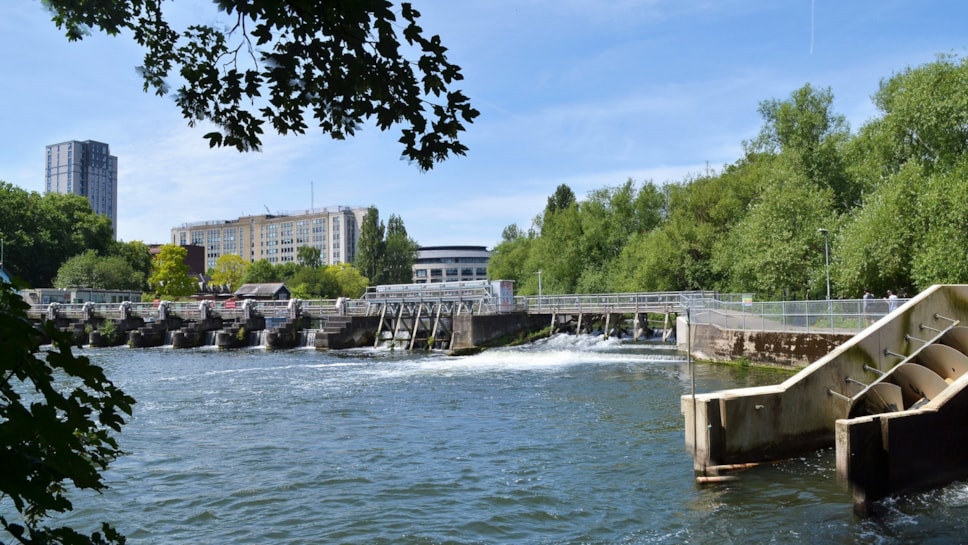From artisanal crepes to rebellious cheesecake waffles, Reading's breakfast rebels are transforming morning meals. These seven spots will revolutionize how you start your day.
The extensive flooding that swept through Reading this January has been a significant cause for concern among residents and authorities alike. In response, a new report has been published, detailing both the events of the flood and the coordinated efforts by the Council and other responsible bodies to manage the crisis. This document not only provides an in-depth analysis of what transpired but also offers crucial recommendations to mitigate future flooding risks.
A Thorough Examination of January's Flood Events
The report meticulously chronicles the series of events leading up to the January floods. It highlights the meteorological conditions that contributed to the unusually high levels of rainfall within a short period. Data from various monitoring stations around Reading form the backbone of the assessment, illustrating the severity of the situation and its progression.
Key areas within Reading were particularly hard-hit, with several neighborhoods experiencing significant water damage to homes, businesses, and infrastructure. The report underscores the impact on affected residents, many of whom faced displacement and property loss. In addition, the broader economic implications for the town, such as damaged roads and utilities, are thoroughly examined.
Actions Taken by the Council and Other Bodies

Source: https://media.reading.gov.uk/news/report-looks-into-january-flooding-in-reading
The newly published report provides a detailed account of the immediate and longer-term actions undertaken by the Reading Council and other emergency response teams. From the initial emergency alerts and evacuations to the deployment of sandbags and temporary barriers, every measure taken is scrutinised.
The coordination between different organisations, including local fire services, police, and community volunteers, is praised for its effectiveness. The report highlights specific instances where rapid response averted further disaster, showcasing the importance of preparedness and collaboration. Moreover, it outlines the logistical challenges faced during the peak of the flooding and how these were overcome.
Recommendations for Future Flood Preparedness
In light of the January flooding, the report sets forth a series of actionable recommendations aimed at better equipping Reading to handle similar events in the future. Key suggestions include:
1. **Enhanced Early Warning Systems:** Upgrading current alert mechanisms to provide more timely and accurate warnings to residents.
2. **Improved Drainage Infrastructure:** Investing in the maintenance and expansion of the town’s drainage systems to cope with severe weather conditions.
3. **Community Engagement Programs:** Educating the public on flood preparedness and response strategies to ensure community resilience.
4. **Regular Drills and Simulations:** Conducting frequent emergency drills to refine the coordination between various agencies.
5. **Environmental Management:** Implementing sustainable land-use practices and natural flood management solutions to reduce runoff and improve water absorption.
Looking Forward
As climate change continues to pose unpredictable weather patterns, the comprehensive report on Reading’s January flooding comes as a critical document for safeguarding the town against future floods. It serves as both a reflection on recent challenges and a blueprint for proactive measures. The community's resilience and the concerted efforts of all parties involved stand as a testament to Reading's ability to navigate through and recover from natural adversities.
For residents and officials alike, this report is a poignant reminder of the importance of preparedness, cooperation, and continuous improvement in the face of environmental challenges. By adhering to the recommendations outlined, Reading stands a better chance of mitigating the impact of future flooding and protecting its community.